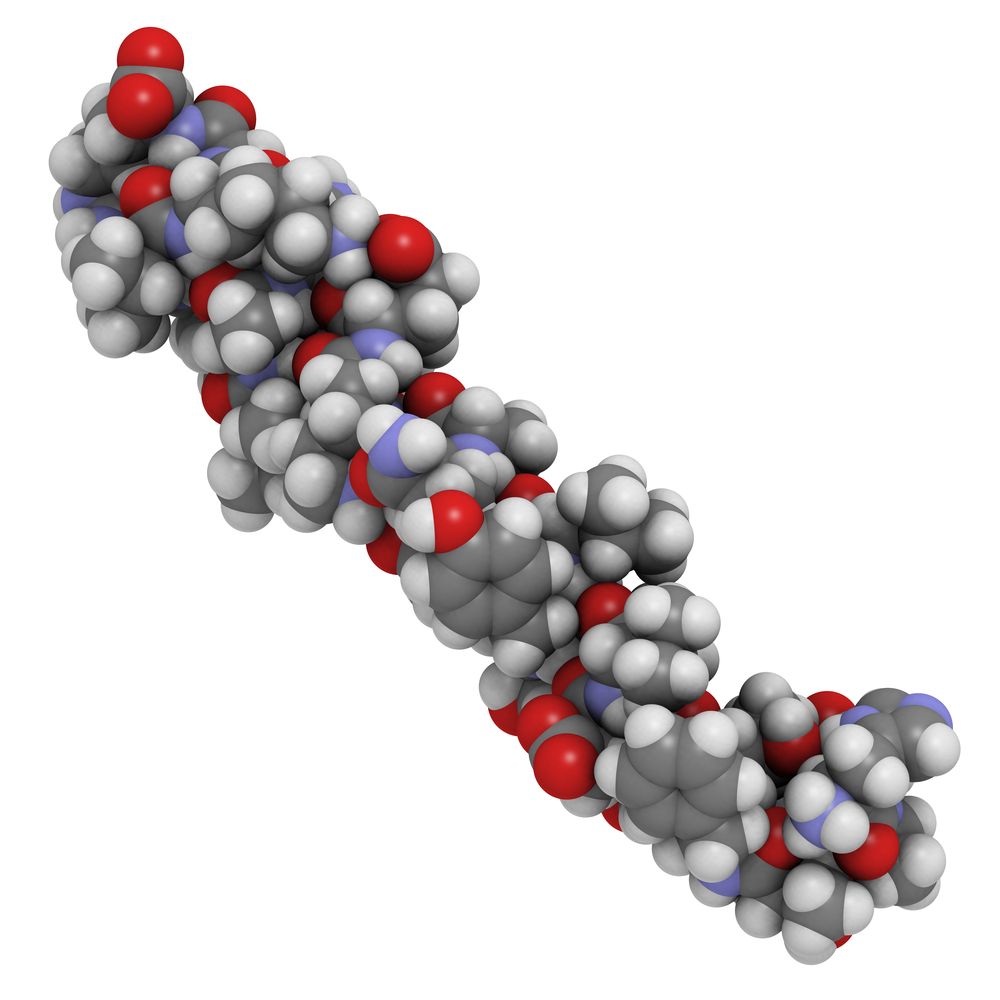- Clinical Technology
- Adult Immunization
- Hepatology
- Pediatric Immunization
- Screening
- Psychiatry
- Allergy
- Women's Health
- Cardiology
- Pediatrics
- Dermatology
- Endocrinology
- Pain Management
- Gastroenterology
- Infectious Disease
- Obesity Medicine
- Rheumatology
- Nephrology
- Neurology
- Pulmonology
GLP-1s May Do More Than Just Lower Glucose
A protective endothelial function effect may be seen with exenatide in patients who have long-standing type 2 diabetes in the postprandial period after short-term therapy.
© 117135526/Shutterstock.com

The glucagon-like peptide 1 (GLP-1) receptor agonist exenatide exerts a protective endothelial function effect in the postprandial period after short-term therapy in patients with long-standing type 2 diabetes mellitus (DM), according to the results of a new study.
The results, which support a direct role for exenatide in endothelial function in humans, are consistent with those from previous studies of GLP-1 receptor agonists, although they contrast with results from other studies that used GLP-1 receptor agonists and dipeptidyl peptidase-4 inhibitors.
GLP-1 receptor agonists may improve endothelial function through metabolic improvement and direct vascular action, noted lead author Juraj Koska of the Department of Medicine, Phoenix VA Health Care System, and colleagues in an article in the July 2015 Diabetes.
In an earlier study, the researchers had shown a postprandial effect of GLP-1 receptor agonists and improvement in endothelial function with a single preprandial dose of exenatide after a high-fat meal or oral glucose tolerance test in patients with impaired glucose tolerance or new-onset type 2 DM.
The researchers conducted 2 new crossover studies. In the first study, 36 participants with type 2 DM for a duration of more than 5 years received subcutaneous exenatide or placebo for 11 days. Endothelial function and glucose and lipid responses to breakfast and lunch were noted. In the second study, 32 participants with impaired glucose tolerance or diet-controlled type 2 DM had endothelial function measured before and after intravenous exenatide, with or without the GLP-1 receptor antagonist exendin-9.
In addition, the researchers studied mechanisms of GLP-1 receptor agonist action ex vivo on human subcutaneous adipose tissue arterioles and endothelial cells.
In the first study, exenatide treatment lowered fasting blood glucose, body weight, blood pressure, and total cholesterol compared with placebo. The cumulative 8-hour reactive hyperemia index-a measure of endothelial function-increased with exenatide after 2 sequential meals, independent of changes in HbA1c, body weight, glucose, triglyceride, and insulin.
In the second study, intravenous exenatide increased fasting endothelial function and exendin-9 abolished this effect.
In the in vitro experiments, exenatide increased AMPKα phosphorylation and endothelial nitric oxide synthase (eNOS) phosphorylation and increased eNOS activity and nitrous oxide production. Exenatide induced dose-dependent vasorelaxation and reduced high-glucose or lipid-induced endothelial dysfunction in arterioles ex vivo. These effects were reduced with AMPK inhibition.
In conclusion, the researchers stated that “exenatide augmented postprandial endothelial function in subjects with diabetes and prevented high-glucose and lipid-induced endothelial dysfunction in human arterioles. These effects were largely direct, via GLP-1 receptor and AMPK activation.”
In an accompanying editorial, commenters suggested that there is an “intense interest” in newer anti-diabetes agents such as GLP-1 receptor agonists, which lower blood glucose and modify cardiovascular risk factors (lipids, adiposity, blood pressure) without increasing hypoglycemic risk. If GLP-1 receptor agonists improve endothelial dysfunction, this potential effect is important because endothelial dysfunction increases the risk of cardiovascular events in type 2 DM.
The commenters noted that the direct effects of GLP-1 receptor agonism on endothelial function remain incompletely understood and that studies need to better define the role of GLP-1 receptor signaling in vascular smooth muscle cells, which may indirectly affect endothelial function.
